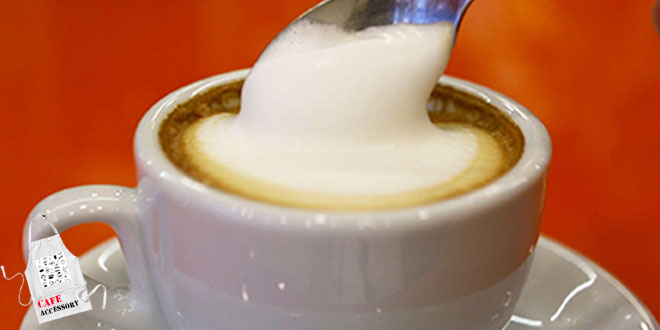کافه اکسسوری – تغییرات آب و هوایی Climate change یکی از عواملی است که در رشد قهوه تأثیر زیادی دارد، همانطور که در بسیاری از محصولات کشاورزی نیز تأثیر دارد. آبوهوا و دمای منحصربهفرد موردنیاز برای رشد قهوه عربیکا در ارتفاع ۳۰۰ فوت (۱۰۰۰ متر) اتفاق میافتد، اما هر چه ارتفاع بیشتر میشود فضای کمتری برای برداشت قهوه باکیفیت وجود دارد که نتیجه آن برداشت و حجم کمتر است.
افزایش دما اما بدان معنی است که گسترش زنگزدگی برگها آسانتر و مشکلسازتر میشود. راهحل این مشکل اکتشاف احتمالی انواع مختلفی از قهوه است که در ارتفاع پایینتر پروفیل جام خوبی ایجاد میکنند و در مقابل زنگزدگی مقاومتر هستند. توجه داشته باشید، این چیز جدیدی نیست؛ همیشه تلاش برای دستیابی به این هدف باارزش بوده است، اما شاید اکنون انگیزه بیشتری برای انجام چنین کاری وجود داشته باشد. حقیقت این است که تغییر آبوهوا به این معنی است که پروفایلهای فنجان تغییر میکنند و افزایش قهوه عالی هرروز دشوارتر میشود.
منبع: The Coffee Dictionary, Maxwell Colonna
Climate change
Climate change promises to have a huge impact on coffee growing, as indeed it will on many crops. The unique climates and temperatures required to grow outstanding Arabica occur above 3,300 ft (1,000m), but these sweet spots are moving ever upward, which means that there is less potential space to harvest top-quality coffee. Increasing temperatures also mean that the spread of leaf rust gets all the easier and more problematic. Solutions include the potential exploration of varieties that produce a good cup profile at a lower altitude and are more resistant to rust. Mind you, this is not a new thing: it has always been valuable to try to achieve this, but maybe now there is more incentive to do so than before. The truth is that climate change will mean that cup profiles change and that growing excellent coffee will become more difficult
کافه اکسسوری را در اینستاگرام نیز دنبال کنید.











